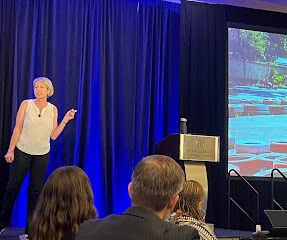The Essential Guide to Learning Analytics in the Age of Big Data
Lambda Solutions
JUNE 14, 2020
Download The Essential Guide to Learning Analytics in the Age of Big Data and keep it as your eLearning secret weapon! This article is designed to be your A-to-Z guide to learning analytics. Use this as a valuable resource to successfully initiate a learning analytics approach within your company. Introduction.
















Let's personalize your content